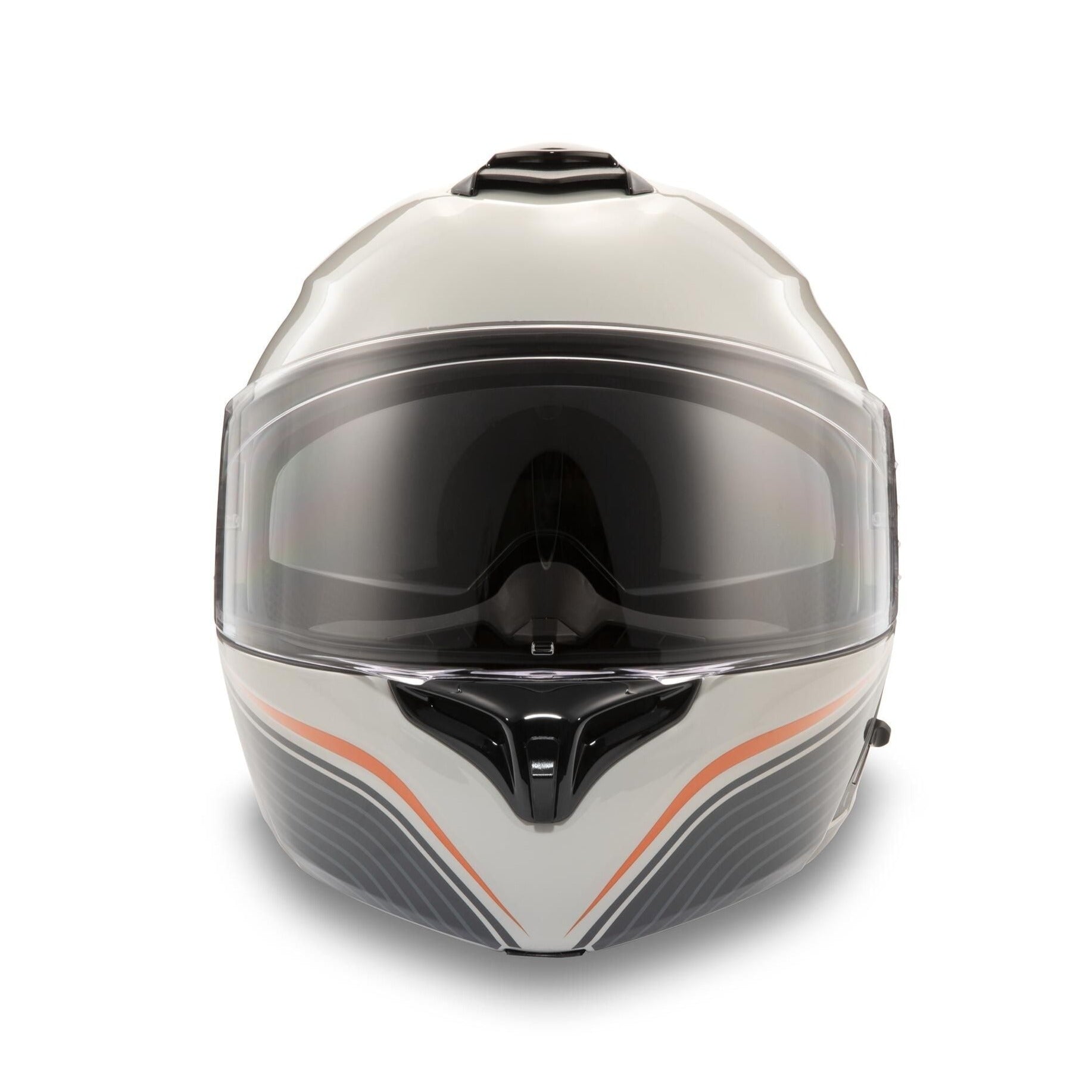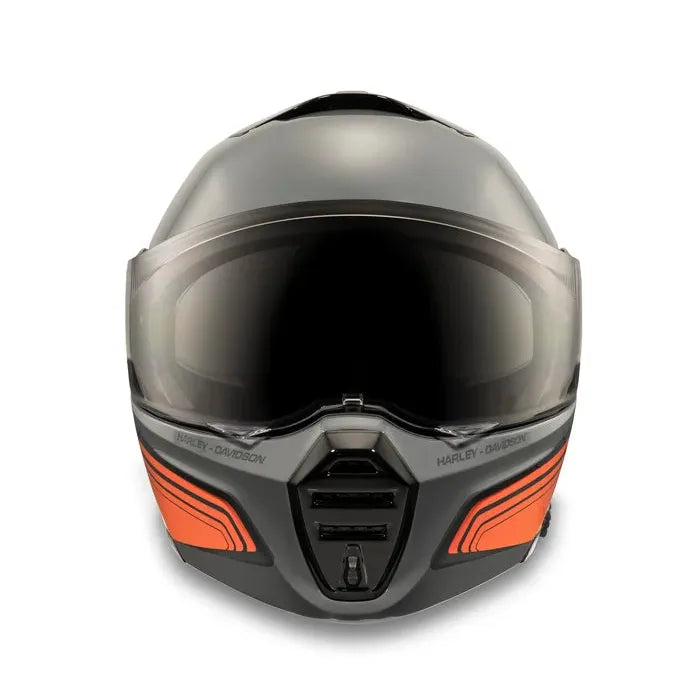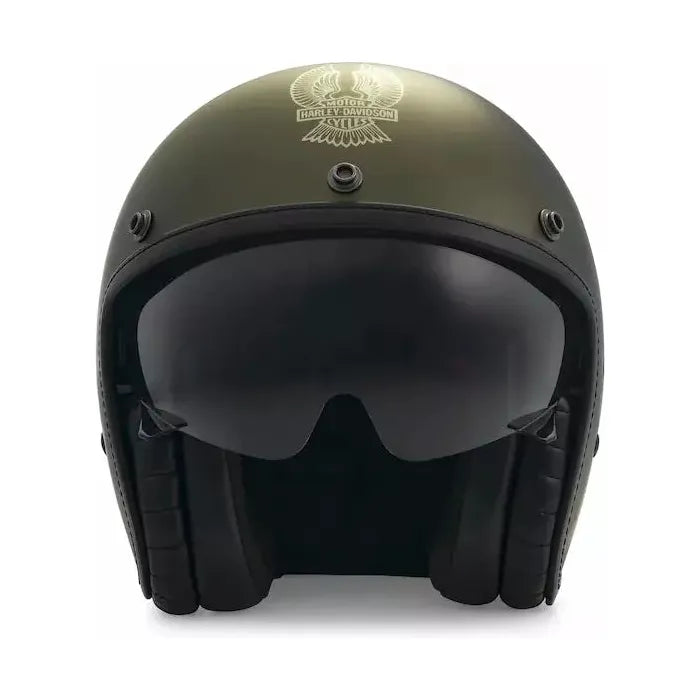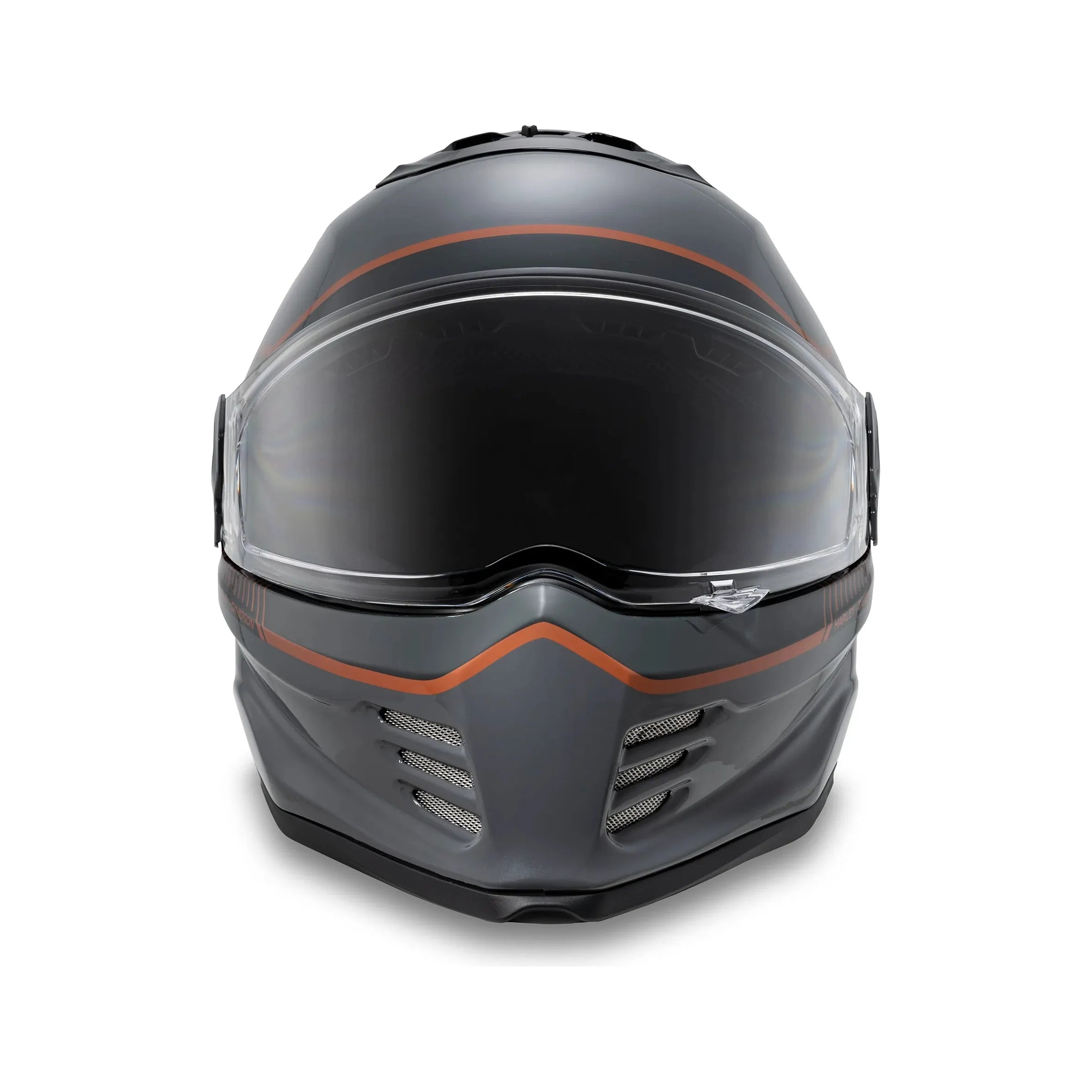Motorcycle Helmets: Essential Companion for Rider Safety
Key Points:
Motorcycle helmets reduce head and brain injury risk in accidents.
Types: Full-face, modular, open-face, half helmets.
Choose a helmet that fits snugly and comfortably.
Consider head shape, weight, safety standards, and comfort.
Clean and store the helmet properly.
Replace the helmet after a significant impact or every 5-7 years.
Mandatory helmet laws vary by region; penalties for non-compliance.
Motorcycle Helmets: A Crucial Safety Companion for Every Rider
In the thrilling world of motorcycling, safety is paramount. Motorcycle helmets stand as the first line of defense for riders in the event of an accident or unforeseen circumstances on the road. This comprehensive guide delves into the significance of motorcycle helmets, explores their types, offers guidance for choosing the right one, and highlights essential care and maintenance practices.
I. Introduction
A. Definition and Purpose of a Motorcycle Helmet
A motorcycle helmet is a protective gear worn by motorcyclists to safeguard the head and brain from injuries in the event of an accident or impact. It serves as a crucial safety equipment that can significantly reduce the risk of severe head trauma and fatalities.
B. Historical Background: Evolution of Motorcycle Helmets
The history of motorcycle helmets dates back to the early days of motorcycling, where riders wore leather or cork hats for some degree of protection. As the speed and power of motorcycles increased, the need for more substantial head protection became evident. The 1960s marked a turning point with the development of the first full-face helmet, offering comprehensive protection. Today, motorcycle helmets have undergone numerous advancements in design, materials, and safety standards, making them more effective and comfortable.
II. Importance and Benefits of Wearing a Motorcycle Helmet
Wearing a motorcycle helmet is not only a matter of personal safety but also a legal requirement in many countries. Here are some key benefits of wearing a motorcycle helmet:
A. Safety: Reduced Risk of Head and Brain Injury
Statistics consistently demonstrate that motorcycle helmets play a pivotal role in reducing the risk of head and brain injuries in accidents. According to the National Highway Traffic Safety Administration (NHTSA), riders wearing helmets are 40% less likely to sustain a fatal head injury in a crash compared to unhelmeted riders.

Title: HARLEY-DAVIDSON® BRAWLER SUN SHIELD X09 MATTE BLACK FULL FACE HELMET
Price: £449.70
SHOP NOW
B. Protection: Shielding the Head from Impacts, Road Debris, and Elements
Motorcycle helmets provide a barrier between the rider's head and the ground, obstacles, or other vehicles in the event of a collision. They also protect against road debris, such as rocks or gravel, and shield the rider from wind, rain, and direct sunlight.
C. Improved Visibility: Enhanced Field of Vision and Surroundings Awareness
A well-designed motorcycle helmet offers a wide field of vision, ensuring that riders can clearly see the road, traffic conditions, and potential hazards ahead. Additionally, some helmets feature integrated sun visors or tinted shields to manage glare and improve visibility in bright sunlight.
III. Types of Motorcycle Helmets
The selection of motorcycle helmets available in the market caters to diverse riding styles and preferences. Let's explore the main types of motorcycle helmets:
A. Full-face Helmets: Maximum Protection, Covers the Entire Head
Full-face helmets provide the highest level of protection by covering the entire head, including the chin, face, and jaw. They are the preferred choice for riders who prioritize safety and seek comprehensive coverage.

Title: HARLEY-DAVIDSON® OUTRUSH R-N03 MODULAR HELMET
Price: £314.79
SHOP NOW
B. Modular Helmets: Offers Versatility, Removable Chin Bar for Added Convenience
Modular helmets combine the protection of a full-face helmet with the convenience of an open-face helmet. The chin bar can be flipped up or removed, making it easier to put on and take off the helmet or to communicate with others while riding.
C. Open-face Helmets: Less Coverage and Protection, Offers More Airflow
Open-face helmets provide less coverage compared to full-face helmets, exposing the rider's face and chin. While they offer more airflow and a wider field of vision, they provide less protection in the event of an accident.
D. Half Helmets: Minimal Coverage and Protection, Popular for Cruiser Riders
Half helmets provide the least amount of coverage, protecting only the top of the head. They are popular among cruiser riders who prioritize style and airflow over maximum protection.
IV. Choosing the Right Motorcycle Helmet
Selecting the right motorcycle helmet is crucial for both safety and comfort. Here are key considerations to keep in mind:

Title: HARLEY-DAVIDSON® EVO X17 SUNSHIELD MODULAR HELMET
Price: £269.82
SHOP NOW
A. Fit: Proper Fit Is Essential for Safety and Comfort
A snug and secure fit is vital for the effectiveness of a motorcycle helmet. The helmet should fit snugly around the head without being too tight or loose. Riders should try on different helmets and sizes to find the best fit.
B. Head Shape: Consider Your Head Shape for a Helmet That Fits Snugly
Head shapes vary, and some helmets are designed to accommodate specific head shapes. Riders with oval, round, or intermediate-shaped heads should consider helmets with a more neutral shape. Those with long or narrow heads may need helmets with a more elongated shape.
"Choosing the right motorcycle helmet is not just about style and comfort; it's about safety and protection. Always look for helmets that meet or exceed safety standards and make sure it fits snugly and comfortably." - Alex Morgan, Motorcycle Safety Advocate
C. Comfort: Ensure the Helmet Is Comfortable to Wear for Extended Periods
Riders should consider comfort when choosing a motorcycle helmet, as they may be wearing it for extended periods. Look for helmets with a comfortable lining, adjustable ventilation, and a weight that does not cause strain on the neck.
D. Weight: Choose a Helmet That Is Lightweight to Minimize Neck Strain
The weight of a motorcycle helmet can significantly impact comfort during long rides. Lightweight helmets made from advanced materials, such as carbon fiber or fiberglass, can reduce neck strain and fatigue.

Title: HARLEY-DAVIDSON® CLASSIC #1 X14 SUN SHIELD 3/4 HELMET
Price: £229.35
SHOP NOW
E. Safety Standards: Look for Certifications Like DOT, ECE, or Snell
To ensure the highest level of protection, choose a motorcycle helmet that meets or exceeds safety standards such as DOT (U.S. Department of Transportation), ECE (Economic Commission for Europe), or Snell (Snell Memorial Foundation). These standards evaluate helmet performance in terms of impact absorption, penetration resistance, and retention system effectiveness.
V. Helmet Care and Maintenance
Proper care and maintenance of a motorcycle helmet are essential for its longevity and effectiveness. Here are some tips:
A. Cleaning: Regular Cleaning to Remove Dirt, Sweat, and Insects
Regularly clean the helmet to remove dirt, sweat, and insects that can compromise its performance. Use mild soap and water with a soft cloth or sponge. Avoid using harsh chemicals or detergents.
B. Protection: Store the Helmet in a Safe, Dry Place
When not in use, store the helmet in a safe and dry place away from direct sunlight or extreme temperatures. This helps prevent damage to the helmet's shell and lining.

Title: HARLEY-DAVIDSON® SURPLUS X14 SUN SHIELD 3/4 HELMET
Price: £197.99
SHOP NOW
C. Replacement: Replace the Helmet After a Significant Impact or Every 5-7 Years
A motorcycle helmet should be replaced immediately after a significant impact or every 5-7 years, even if it appears undamaged. The helmet's protective properties can degrade over time due to exposure to elements, sweat, and impacts.
VI. Laws and Regulations
A. Mandatory Helmet Laws Varies by Country or State
Helmet laws vary across countries and states. In many jurisdictions, wearing a motorcycle helmet is mandatory for both riders and passengers. Riders should check the local laws and regulations in their area to ensure compliance.
B. Penalties for Non-Compliance May Include Fines and Legal Consequences
Non-compliance with mandatory helmet laws can result in fines, points on a driving record, and other legal consequences. Riders should be aware of the penalties associated with not wearing a motorcycle helmet in their area.
VII. Conclusion
Wearing a motorcycle helmet is a crucial safety measure that can significantly reduce the risk of severe head and brain injuries in the event of an accident. When selecting a motorcycle helmet, riders should consider factors such as fit, comfort, weight, safety standards, and their personal riding style. Proper care and maintenance of the helmet are essential to ensure its effectiveness and longevity. By wearing a motorcycle helmet and adhering to safe riding practices, riders can enjoy their journeys with greater peace of mind and protection.

Title: HARLEY-DAVIDSON DIVISION X15 SUNSHIELD FULL FACE HELMET
Price: £270.00
SHOP NOW
Additional Resources:
Outline
- Introduction
- Importance and Benefits of Wearing a Motorcycle Helmet
- Types of Motorcycle Helmets
- Choosing the Right Motorcycle Helmet
- Helmet Care and Maintenance
- Laws and Regulations
- Conclusion
- Additional Resources
FAQ
1. Why is wearing a motorcycle helmet important?
Answer: Wearing a motorcycle helmet is crucial for reducing the risk of severe head and brain injuries in an accident. It provides protection against impacts, road debris, and the elements, while also improving visibility and surroundings awareness.
2. What are the different types of motorcycle helmets available?
Answer: The main types of motorcycle helmets are: - Full-face helmets: Covers the entire head, providing maximum protection - Modular helmets: Offers versatility with a removable chin bar - Open-face helmets: Less coverage, exposing the face and chin - Half helmets: Minimal coverage, popular among cruiser riders
3. How do I choose the right motorcycle helmet?
Answer: Factors to consider when choosing a motorcycle helmet include: - Fit: Should fit snugly and securely around the head - Comfort: Ensure it's comfortable for extended periods - Weight: Choose a lightweight helmet to minimize neck strain - Safety standards: Look for DOT, ECE, or Snell certifications - Personal riding style: Consider the type of riding you do
4. How should I care for and maintain my motorcycle helmet?
Answer: Proper care includes: - Regular cleaning with mild soap and water - Storing it in a safe, dry place - Replacing it after a significant impact or every 5-7 years
5. Are motorcycle helmets mandatory in my area?
Answer: Helmet laws vary across countries and states. Check local laws and regulations to ensure compliance.
6. What are the consequences of not wearing a motorcycle helmet in my area?
Answer: Non-compliance with helmet laws can result in fines, points on your driving record, and other legal consequences.
Explore More:
- Feel the Italian Spirit: Explore the Ducati Collection
- Step Up Your Ride: Dive into the World of Motorbike Boots
- Grip and Control: Discover the Essential Motorcycle Gloves
- Classic American Style: Unleash the Harley-Davidson Collection
- Japanese Performance: Explore the Suzuki Collection
- Walk with Confidence: Step into the World of Motorcycle Boots
- Safety First: Protect Your Head with Motorcycle Helmets